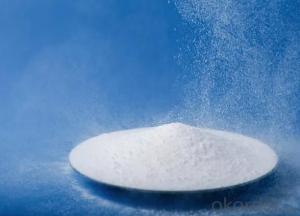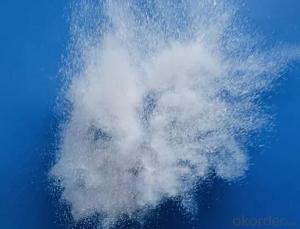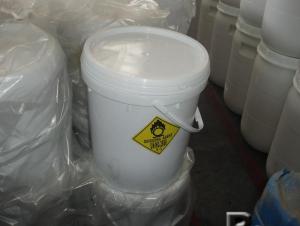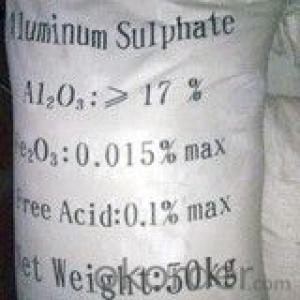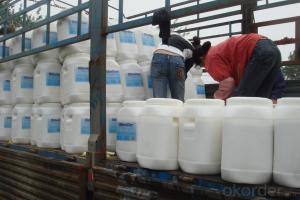Carbon Black N219 Granluar
- Loading Port:
- Tianjin
- Payment Terms:
- TT OR LC
- Min Order Qty:
- -
- Supply Capability:
- 10000MT m.t./month
OKorder Service Pledge
OKorder Financial Service
You Might Also Like
Carbon Black N219 (Granule)
Product Description:
carbon black N219:
1.Usage Rubber Auxiliary Agents;
2.Product Status:Black powder or granular;
3.Standard: ISO 9001:2000
Suggest for Use:
uses for the truck tire, passenger tire tread rubber, etc., and require high strength, high wear-resistant rubber products, such as high-strength conveyor belt, industrial rubber products.
TDS of the Carbon Black N219
Product Varieties | N219 | Pouring density(kg/m3) | ---- |
Iodine absorption Value(g/kg) | 113~123 | 300%modulus(Mpa) | -4.9~2.9 |
DBP absorption Value (10-5m2/kg) | 73~83 | Ash content | ≤0.7% |
24Mn DBP(10-5m2/kg) | 70~80 | 45um sieve residue | ≤0.05% |
CTAB surface area(103m2/kg) | 101~113 | 500um sieve residue | ≤0.001% |
STSA/(103m2/kg) | ----- | Impurity | NO |
Nsa surface area(103m2/kg) | 111~121 | Fine content | ≤10% |
Tint strength(%) | 118~128 | Tensile strength(Mpa ) | --- |
Heatloss(%) | ≤2.5 | Elongation at failure | --- |
Safety:
As a matter of good industrial hygiene, gloves and safety glasses with side shields or better eye protection should be worn when handing Carbon Black ,For more information, refer to the MSDS.


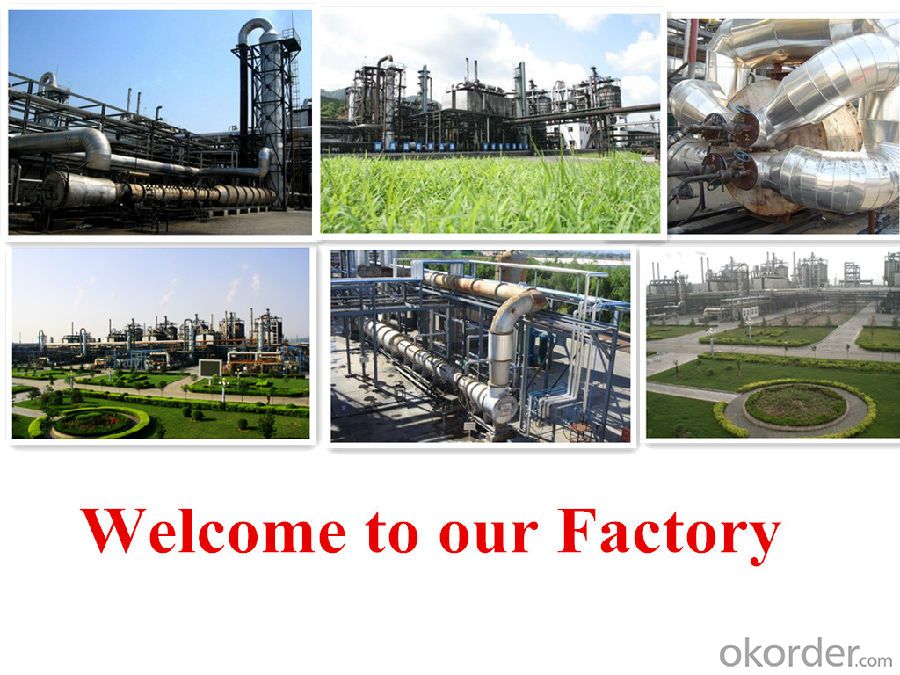
- Q:In the chemical reaction, the rate of decomposition reaction is related to the quality of the catalyst?
- The catalyst can affect the reaction rate, the faster the amount of reaction or slower. Of course there are limits,
- Q:Pls help me define a catalyst.?
- catalyst is a substance which increases or decreases the rate of recation without being involve in the reaction
- Q:Could you tell me all the differences between those two catalysts? Thank you very much.
- Biological catalyst: 1. Biological catalysts or enzymes are high molecular weight globular proteins. 2.Their composition may change at the end of reaction. 3.Their catalyzing effect is very high. i.e faster than chemical catalyst. 4.They are reaction specific. i.e One enzyme or biological catalyst may catalyze only particular type of reaction and not many. 5.They are intolerant to temperature and pH changes. An enzyme can not function outside its temperature or pH range. e.g amylase,lipase,pepsin Chemical catalyst: 1.Chemical catalysts are simple inorganic molecules with low molecular weight. 2.They remain unchanged at the end of reaction. 3.They are slower compared to enzymes. 4.They are not reaction specific. 5.They function within wide range of temperatures,pH or pressure. e.g vanadium dioxide, platinum
- Q:What is the standard for the storage of flammable and explosive chemicals now?
- First, the basic requirements of classification of storage Dangerous goods, variety, complex performance, storage, in accordance with the zoning, classification, sub-section of the principle of special storage, set the number, set the number of fixed warehouses, fixed staff (four) custody. Small warehouses should be classified, divided, sub-stack storage, the performance of each other, fire fighting different items, dangerous dangerous goods and other general dangerous goods, should be stored separately.
- Q:What are the pharmaceutical manufacturing companies now using PT / AL_203 catalysts?
- Yueyang Eagle Hill Petrochemical Plant
- Q:Chemistry: Does the catalyst participate in the reaction?
- Therefore, the relationship between the catalyst and the chemical reaction is probably as follows: 1. The catalyst itself does not react chemically with any of the chemical reactions, but only with its own characteristics to change the rate of chemical reactions; 2. Catalysts involved in chemical reactions , But before and after the reaction of its chemical properties, physical properties and quality characteristics such as no change
- Q:Why would the Eact decrease if a catalyst is added?
- A catalyst by its very nature increases the rate of reaction by binding to a reactant, hence changing its shape and reactivity with other reactants. However, the catalyst is neither consumed nor will it change the chemical shape of the products.
- Q:What is the effect of the catalyst in chemistry?
- In fact, the catalyst in the chemical reaction is not the reaction of the role, but to play a role in accelerating the speed of chemical reaction, it is like a reaction to an hour, but joined a certain catalyst, the reaction speed A lot, as long as half an hour to react to play, the catalyst as long as properly handled, but also can be recycled, the students do not have any chemical changes
- Q:The "one-to-two change" of the catalyst is that the quality and chemical properties of the reactants are constant or the quality and chemical properties of the catalyst are constant?
- The quality and chemical properties of the catalyst are unchanged
- Q:The role of catalyst in chemical reactions
- The role of the catalyst is to change the reaction required to achieve the activation energy, can reduce the activation energy is called positive catalyst (that is, usually the meaning of the catalyst), to improve the activation energy is negative catalyst
1. Manufacturer Overview |
|
|---|---|
| Location | |
| Year Established | |
| Annual Output Value | |
| Main Markets | |
| Company Certifications | |
2. Manufacturer Certificates |
|
|---|---|
| a) Certification Name | |
| Range | |
| Reference | |
| Validity Period | |
3. Manufacturer Capability |
|
|---|---|
| a)Trade Capacity | |
| Nearest Port | |
| Export Percentage | |
| No.of Employees in Trade Department | |
| Language Spoken: | |
| b)Factory Information | |
| Factory Size: | |
| No. of Production Lines | |
| Contract Manufacturing | |
| Product Price Range | |
Send your message to us
Carbon Black N219 Granluar
- Loading Port:
- Tianjin
- Payment Terms:
- TT OR LC
- Min Order Qty:
- -
- Supply Capability:
- 10000MT m.t./month
OKorder Service Pledge
OKorder Financial Service
Similar products
New products
Hot products
Hot Searches
Related keywords














